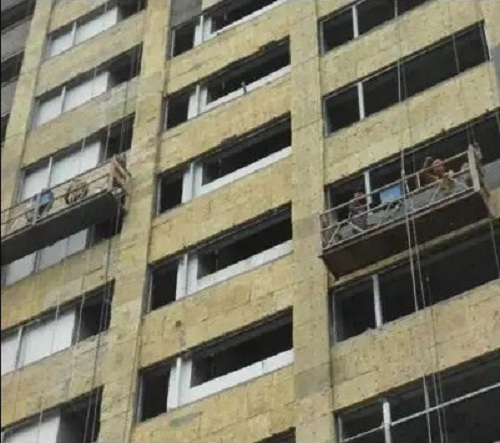

SEARCH
In modern buildings and industrial construction, rock wool board is an indispensable thermal insulation and fireproof material. It is widely used in partition walls, suspended ceilings and internal and external walls in the construction industry, thermal insulation and fire protection of ships, etc., and can also be used as thermal insulation materials for industrial boilers. Composite rock wool board has a variety of specifications, and different application scenarios require different thicknesses. So, how thick is the composite rock wool board exterior wall?
The rock wool board is made of basalt as the main raw material, melted in a high-temperature furnace, made into inorganic fibers by high-speed centrifugal equipment, then added with adhesives and dust-proof oil, and laid felt on the swing belt, changing the fiber arrangement structure, and finally solidified A new type of lightweight thermal insulation material made by shaping.

Composite rock wool board is a rock wool board made of cement, mortar, galvanized steel plate and other materials on the basis of rock wool board. There are many kinds of cement composite rock wool board, magnesia composite rock wool board, cement mortar composite rock wool board, galvanized steel plate composite rock wool board, etc. .
There are three main thicknesses of composite rock wool boards used in the construction industry: 30mm, 80mm and 150mm. The 30mm composite rock wool board has insufficient thermal insulation capacity, but it can be used to fill the partition, which can partition the gypsum board with a simple structure, and the effect of heat insulation and sound insulation is very good. The thickness of the composite rock wool board is 80mm, which is the most common thickness of the composite rock wool board in the market. . 150mm is an extra-thick composite rock wool board, which is generally used in areas with cold climates, such as Northeast China and Xinjiang, which can effectively improve the thermal insulation capacity of buildings at ultra-low temperatures.
Related